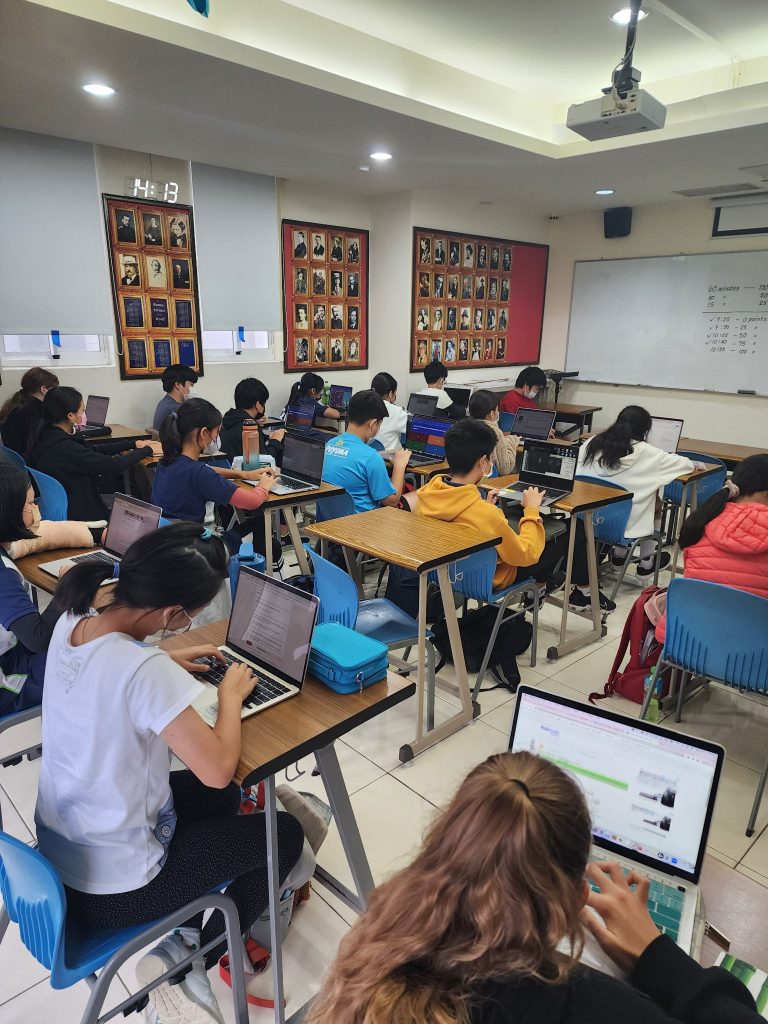The days of “my dog ate my homework” are long gone. As technology evolves, so do the excuses students come up with to explain their incomplete assignments. In the age of smartphones and social media, it is easy for a creative student to generate believable stories for not turning in their homework on time. Let’s explore the most common homework excuses circulating in 2018.
1. Technical Difficulties
The most frequent excuse is some variation of technical issues. Popular explanations include:
– “I emailed it to you, but it must not have gone through.”
– “My computer crashed, and I lost all my work.”
– “There was a problem with the online submission.”
These excuses are convenient because they rely on the assumption that technology is often temperamental and unpredictable, leaving room for error.
2. Social Media Distraction
Social media platforms have become an integral part of our lives, leading to an abundance of distractions. Students might claim they were:
– “Caught up watching viral videos.”
– “Engrossed in a Twitter debate.”
This excuse also taps into the understanding that our society struggles with balancing screen-time and real-life responsibilities.
3. Subscription-Based Services
Funny enough, subscription services have also found their way into the realm of homework excuses:
– “My family canceled our Netflix subscription, so I couldn’t watch the required documentary.”
– “Our internet provider cut us off, so I couldn’t use online resources.”
4. Unreliable Wi-Fi
Closely related to technical issues is the ever-present complaint of sketchy Wi-Fi connections:
– “I tried to complete my assignment at the coffee shop/library/park, but their Wi-Fi was terrible.”
5. The All-Nighter Fallacy
Sometimes students lean on society’s romanticization of sleep deprivation as a plausible reason for their tardiness:
– “I stayed up all night working on it and accidentally slept through class.”
6. Genuine Life Interruptions
Although not every excuse is contrived, there are undoubtedly cases where unforeseen circumstances arise:
– “I had a family emergency.”
– “I was sick and couldn’t attend school.”
While it’s important to maintain empathy, verifying these claims discreetly may be necessary.
As teachers and parents, it’s crucial to stay updated on emerging trends in education and technology. Identifying suspicious excuses can help hold students accountable for their work while simultaneously promoting responsible use of technology.
In conclusion, homework excuses have evolved since the days of chewing dogs and absent-mindedness. As we progress through the digital age, we must learn to separate the creative explanations from the honest mistakes. Striking a balance between leniency and skepticism will foster responsibility and academic achievement in today’s youth.











